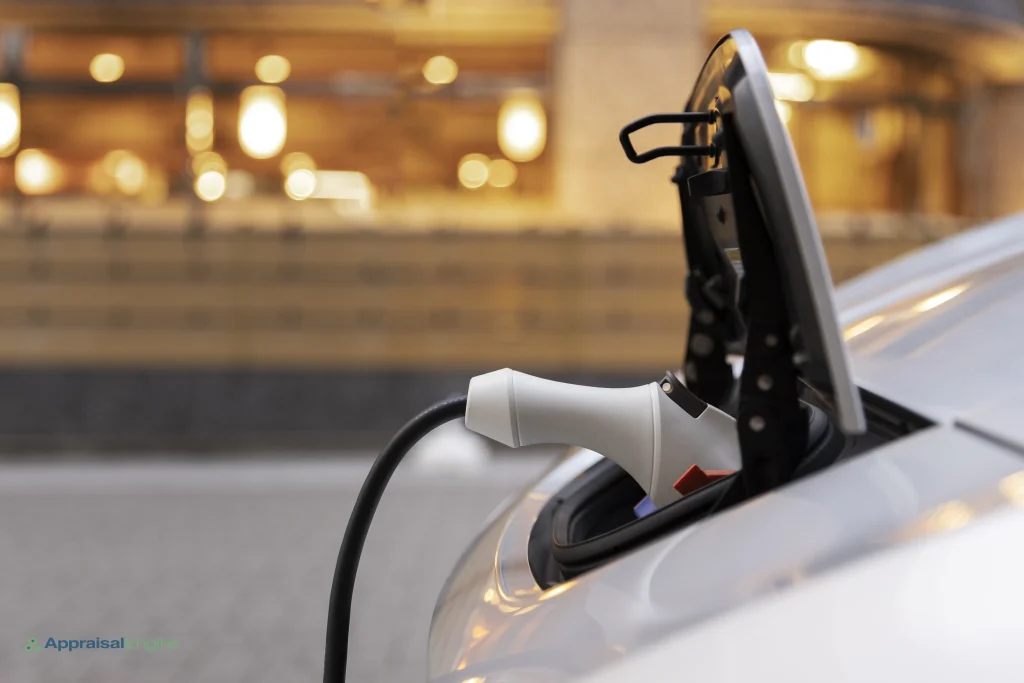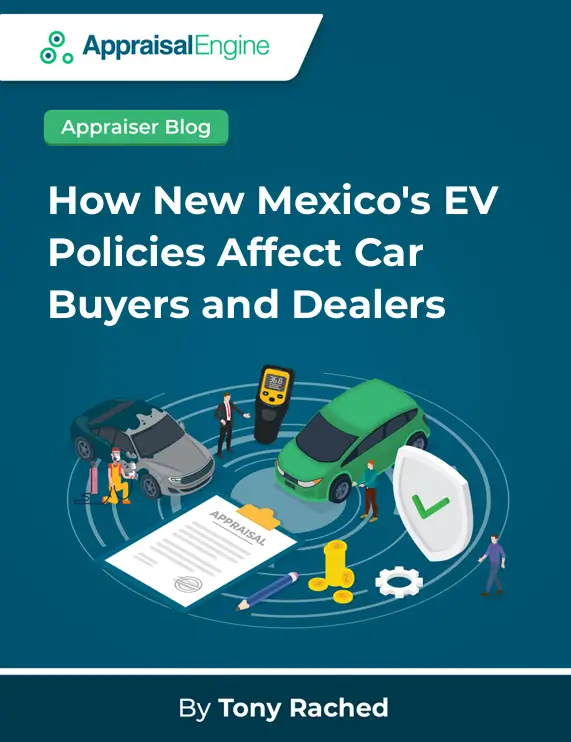In the enchanting landscapes of New Mexico, a battle brews that could shape the future of transportation in the state. At the heart of this struggle are the new electric vehicle (EV) mandates—a move that pits environmental aspirations against practical concerns. This article dives into the nuances of this pivotal moment, aiming to shed light on the intricacies and implications of New Mexico’s bold step towards a cleaner future.

]How New Mexico’s EV Policies Affect Car Buyers and Dealers (PDF)
The Verdict That Sparked a Debate
Recently, the state Environmental Improvement Board made a decision that reverberated through the streets of New Mexico. By a vote of 4-1, they opted to keep in place mandates requiring an increased presence of electric vehicles (EVs) in auto dealerships across the state. This decision came despite fervent opposition from the New Mexico Automotive Dealers Association and other stakeholders, setting the stage for a significant shift in the state’s automotive landscape.
Democratic Governor Michelle Lujan Grisham has been a vocal proponent of this shift, citing the urgent need to curb emissions and combat climate change. New Mexico, aligning with more stringent vehicle emission standards, has thus positioned itself at the forefront of environmental advocacy, earning applause from eco-conscious citizens and organizations alike.
The Heart of the Controversy
Not everyone is onboard with this green transition, however. Critics, including local auto dealers and Navajo Nation President Buu Nygren, express deep concerns over the mandates’ potential repercussions, especially for rural communities. The lack of EV charging infrastructure and the question of vehicle affordability are at the forefront of their worries. Furthermore, Republican legislators have labeled the governor’s initiative as impractical, given the vast distances often traveled in New Mexico, the U.S.’s fifth-largest yet sparsely populated state.
A Look at the Numbers
- By 2026, 43% of all new passenger cars and light-duty trucks delivered to New Mexico must be zero-emission vehicles.
- For commercial heavy-duty trucks, the figure stands at 15% by the same year.
- By 2032, the mandate requires 80% of new passenger vehicles to be zero emissions.
Supporters, like New Mexico Clean Air, argue that these standards will drastically reduce pollution and dependency on volatile gasoline markets, benefiting both the environment and the economy. Yet, the Albuquerque-Bernalillo County Air Quality Control Board echoes this support, underscoring the commitment to cleaner air within the state’s most populous regions.
Economic and Social Implications
The opposition, however, points to the broader impact of these rules. Carlos Garcia of the Garcia Automotive Group highlights the stagnant EV market and reduced forecasts from major manufacturers as signs of premature policy. Critics also take issue with the structure of proposed tax incentives for EV purchases, arguing that they exclude a significant portion of potential buyers due to income restrictions and price caps.
The Path Forward
This ongoing debate raises important questions about the balance between environmental stewardship and economic pragmatism. As New Mexico stands on the brink of potentially setting a national precedent, the discussion around EV mandates underscores a broader narrative about how states can navigate the transition to greener technologies.
Conclusion
New Mexico’s journey towards an electrified automotive future is fraught with challenges and opportunities. As the state pushes forward with its EV mandates, it will be crucial to address the concerns of all stakeholders, ensuring that the transition is both inclusive and practical. The path New Mexico is carving may serve as a blueprint for others to follow, making it imperative to navigate these uncharted roads with caution, foresight, and a collective commitment to a cleaner, more sustainable future.
By fostering dialogue and seeking innovative solutions to infrastructure and affordability issues, New Mexico can turn its EV mandates from a point of contention into a beacon of progress. The road ahead is long and uncertain, but with collaboration and determination, the Land of Enchantment can lead the way toward a greener horizon.





